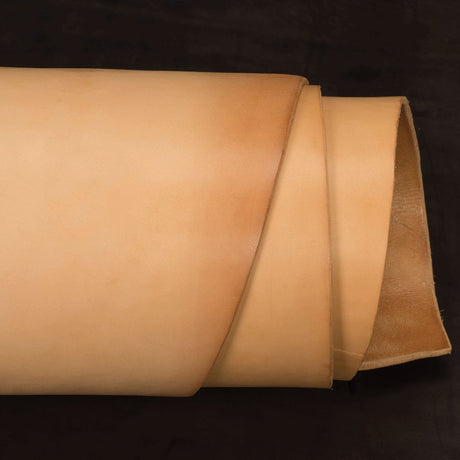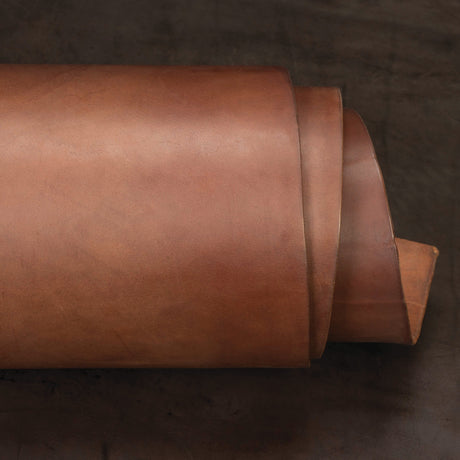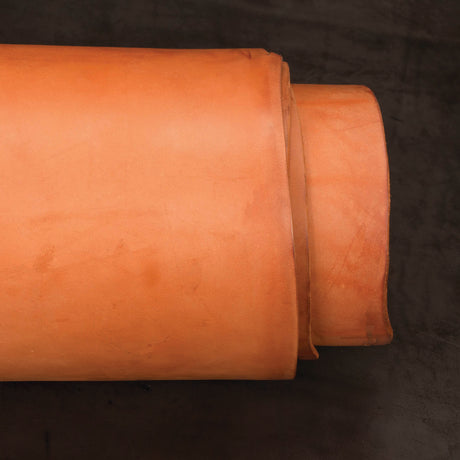What is Hot Stuffed Leather ?
Hot stuffed leather is a unique leathercraft option widely revered by many top leatherworkers for its exceptional feel and longevity.
In a production process dating back hundreds of years, the tanner employs heat to “stuff” the leather with a blend of natural waxes, tallows and oils. As the leather becomes saturated, this blend permeates the leather to its core, keeping it soft and supple in texture. This gives it a weather-resistant finish. The moment the hot wax blend fully penetrates the leather to the moment it becomes cured leather is a process of preparation. Afterwards, the hot stuffed leather is ready to be cut by leather artisans into long-lasting belts, leather dog collars, leather reins, or any number of other options.
Hot stuffed leathers may develop “leather bloom”— a cloudy, hazy look, as the oils and waxes come to the surface, keeping the leather supple and conditioned. This bloom can be easily buffed away or will wear away as the leather product is used. No water or emulsifiers are used in the production of hot stuffed leather, resulting in a much richer feel that’s prized by many leathercrafters. Hot stuffed leathers usually offer pull-ups and excellent water resistance.
When you need heavy leather, this 100% veg tanned leather fits the bill. The hot stuffing process ensures this supple leather will look and perform well for years. Please be aware that the oil content makes this leather unsuitable for molding or stamping.
Weaver Leather Supply offers several colors and weights of hot stuffed harness leather. Hot stuffed leather is ideal for weighted reins, gun belts and carry belts, weightlifting belts, dog collars, headstalls, harnesses, and other leather projects where you're looking for heavy leather.

Hot Stuffed Harness Leather at a Glance
Weaver Leather Supply would love to assist you with any questions you may have regarding the use of hot stuffed leather for any project.
Check out our website and social media channels for leathercraft ideas, leatherworking techniques, and to submit your leatherworking questions













